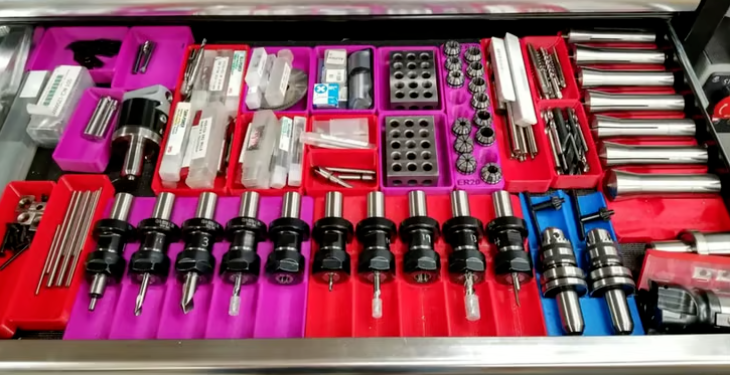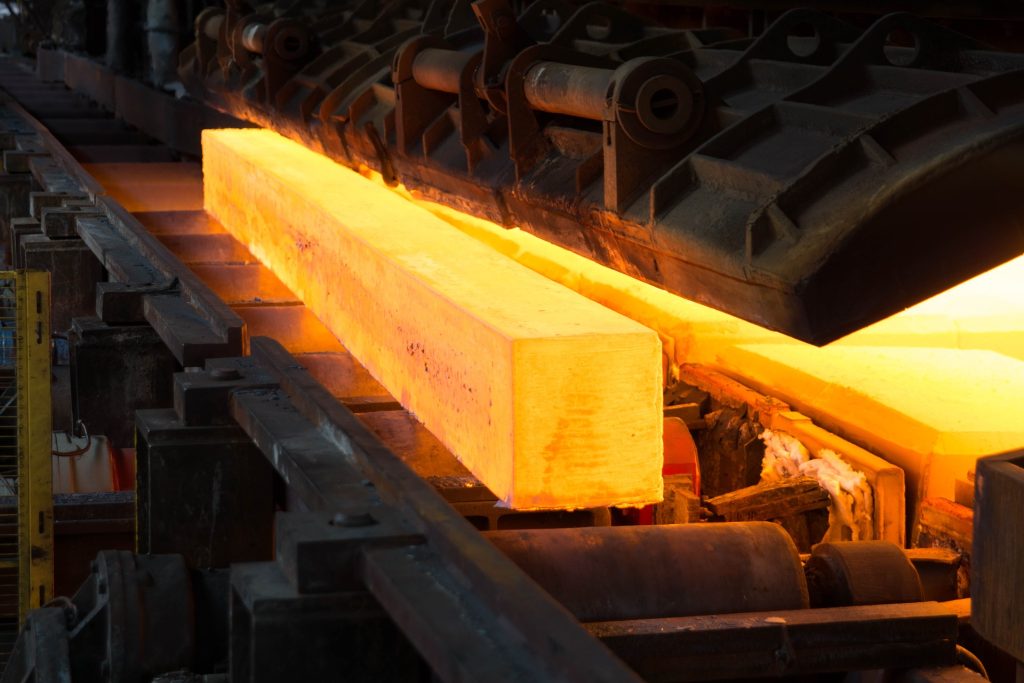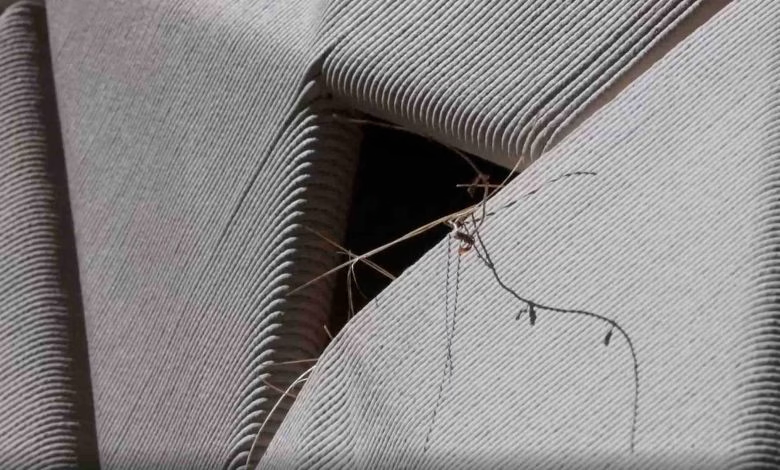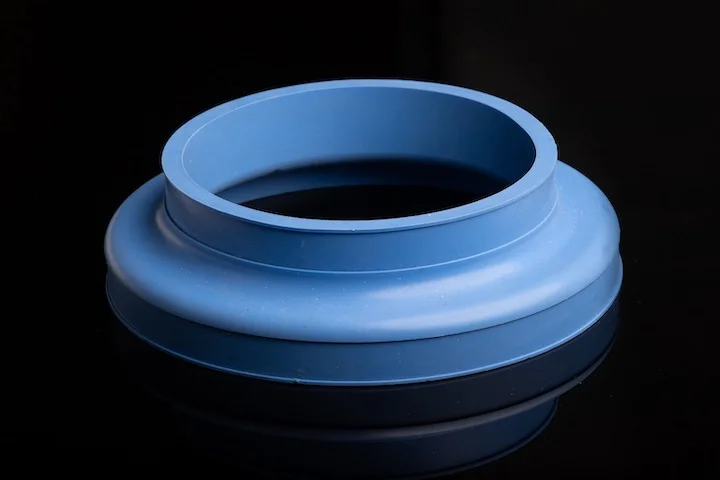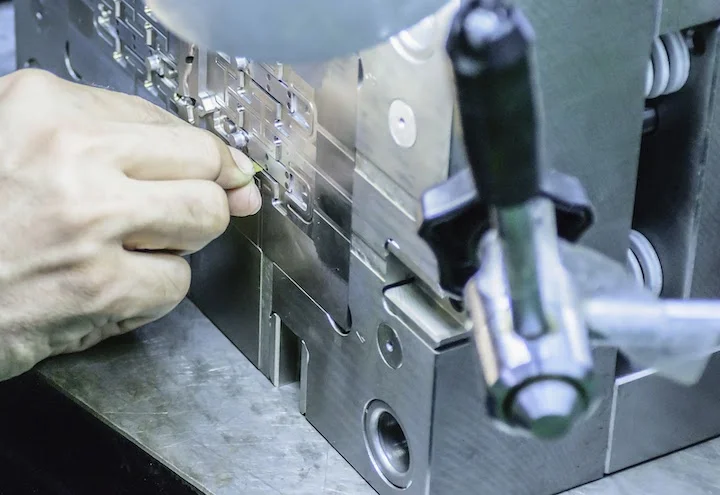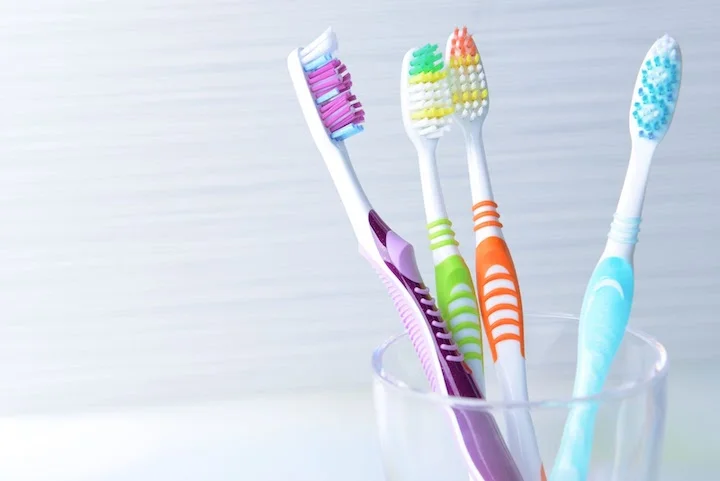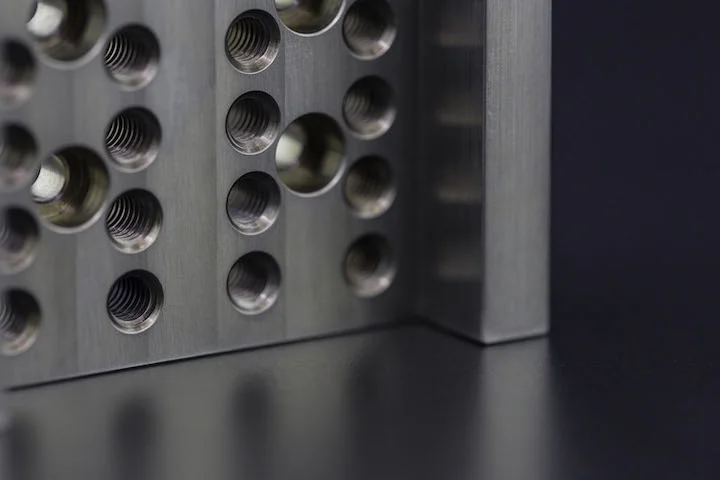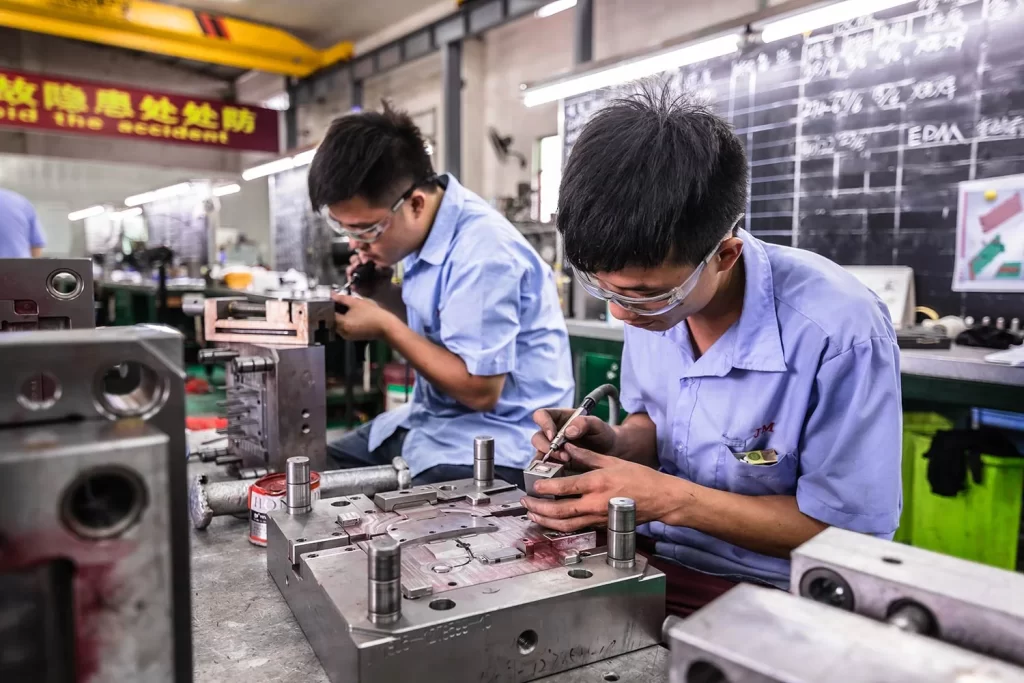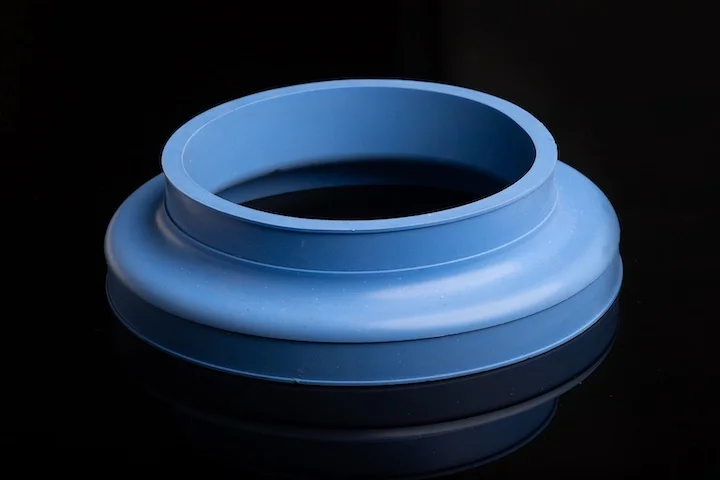We’ve all heard of nylon, and most of us come into contact with it every day. This famous polymer was first synthesized in 1935 by chemist Wallace Carothers at DuPont, initially used as a substitute for silk in women’s stockings. But World War II significantly expanded the range of nylon applications, and this new material was soon used in everything from parachutes to truck tires, tents to fuel tanks. It has become one of the most popular and widely used synthetic fibers in history.
What is Nylon?
Nylon is a type of polyamide (PA), a group of synthetic and natural polymers that rely on amide bonds (carbonyl groups bonded to nitrogen atoms) for exceptional strength and durability. Other examples include Kevlar, Nomex, Pebax, and similar high-performance materials. Like nylon, they all possess a range of desirable qualities—for instance, Kevlar is renowned for its toughness, leading to its use in bulletproof vests, while Nomex is often used in firefighting gear.
Of course, we don’t produce clothing, but we do manufacture a wide variety of unique, high-quality parts using over twenty grades of nylon. This article explores some of the properties and applications of these different materials, as well as the manufacturing techniques used to process them.
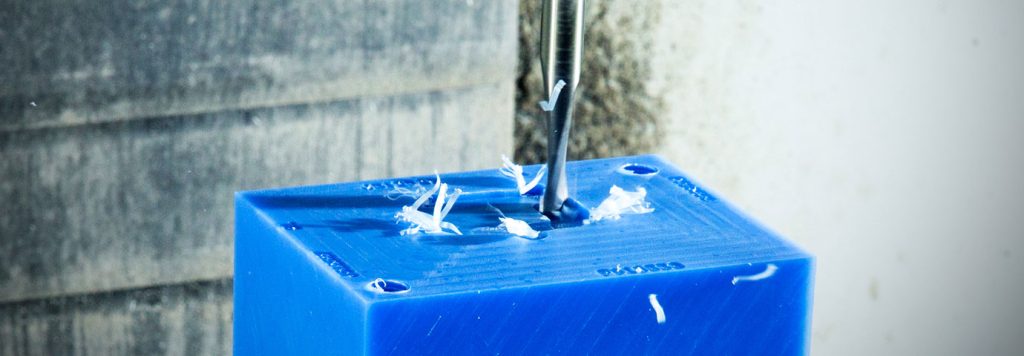
Nylon 6 (PA 6): Elastic but Water-Avoidant
Walking through our machine shop, you might see parts being milled from PA 6, a nylon synthesized from the organic compound caprolactam. The polymer chains in Nylon 6 consist of repeating rings with six carbon atoms each, hence the name. Like other nylons, PA 6 is known for its high tensile strength, toughness, and elasticity. However, it has a significant ability to absorb moisture, which can negatively affect its dimensional stability and mechanical properties. Nylon 6 begins to melt at around 428°F (220°C). It is resistant to many chemicals, oils, and solvents, has self-lubricating properties, and exhibits good wear resistance.
Nylon 6 is one-eighth the weight of bronze, making it suitable for gears and bushings, automotive components such as intake manifolds and valve covers, and due to its electrical properties, it is often used in insulators and connectors. We offer two grades of cast nylon 6—PA 6 black and PA 6 blue—the latter of which is heat-stabilized to allow a 10% increase in operating temperature.
Nylon 6/6: Tougher and More Wear-Resistant
What a difference a few carbon atoms can make! Nylon 6/6 (also known as nylon 66 or PA 6/6) is synthesized from two monomers—adipic acid and hexamethylenediamine—each with a ring of six carbon atoms, which gives it the 6/6 suffix. Compared to Nylon 6, these repeating rings enhance the material’s tensile strength, toughness, and durability, while reducing its moisture absorption potential and raising its melting point to around 500°F (260°C). This makes Nylon 6/6 a tougher, stronger (by approximately 20%), and more wear-resistant “big brother” to Nylon 6, although it is found in many of the same applications.
In our machine shop, two grades are available—Nylon 6/6 natural and Nylon 6/6 glass-filled (more on fillers later), while our plastic injection molding service offers PA 66 in various forms, most of which contain some type of filler material. Again, more on these later.
Nylon 6/12 (PA 6/12): Moisture Resistance for Molding
Nylon 6/12 is also found in the plastic injection molding department, with alternating molecules of the monomers hexamethylenediamine (with 6 carbon atoms) and dodecanedioic acid (12 carbon atoms). It is slightly weaker than PA 6 or PA 66, with a melt temperature between the two, but is less hygroscopic than either.
Your toothbrush bristles are likely made of PA 6/12, not to mention fuel lines in automobiles, sheathing around cables, zippers on camping tents, and any other application requiring a more stable, moisture-resistant grade of nylon. We offer 33% glass-filled polyamide 6/12 (Zytel 77G33L NC010) for injection molding, which its manufacturer DuPont labels as a “high-performance polymer” with added lubricity and moldability.
Nylon 11 (PA 11): Printable Sustainable Plastic
Let’s turn to 3D printing. PA 11 is synthesized from 11-aminoundecanoic acid, a monomer derived from castor oil. This makes it one of the “more environmentally friendly” nylons, although all face certain recycling challenges. As you might guess by now, each repeating unit in the Nylon 11 polymer chain contains 11 carbon atoms. We use powder made from black PA 11 in our SLS (Selective Laser Sintering) 3D printers.
The material strikes a good balance between strength and flexibility and has excellent impact resistance, especially at low temperatures. It also absorbs less moisture than Nylon 6 or 6/6, giving it better dimensional stability in humid conditions, but has a lower melting point of 410°F (210°C). Combining these qualities with high UV resistance, PA 11 is a top choice for many outdoor applications—such as ski boots and other sporting goods, or parts containing snap fits and living hinges.
Nylon 12 (PA 12): Solid Performance with a Different Molecular Shape
PA 12 is another preferred material for SLS and Multi Jet Fusion 3D printing. It is a linear aliphatic polyamide, meaning its structure consists of open chains of carbon atoms (12 in this case) rather than rings. It exhibits excellent chemical resistance, particularly to various chemicals, salts, and oils, but has a lower melting point—around 356°F (180°C). Like PA 11, it absorbs less moisture than other polyamides, making it dimensionally stable under a variety of environmental conditions.
Black and white grades are available, as well as glass and mineral-filled versions, both of which enhance PA 12’s mechanical and thermal properties. Enclosures and fixtures are often printed from PA 12 (filled or unfilled), as are some catheters and other medical components (PA 12 is one of the more biocompatible nylons), automotive fuel systems, cosmetic packaging, electrical connectors, and more.
Summary
As mentioned earlier, we offer approximately twenty grades of nylon for injection molding processes alone. With a few exceptions, most of these are based on Nylon 66 with different types of fillers. Glass-filled nylon is the most common; as the name suggests, it is reinforced with glass fibers to enhance its mechanical strength, stiffness, and dimensional stability. The percentage ranges from 13% (Hylon Select N1013HL) to 33% (Vydyne R533H and Zytel 70G33 are two examples).
Mineral-reinforced nylons are also available, such as Minlon 10B40, as well as nylons containing impact modifiers (Zytel ST-80) or UV stabilizers (RTP 200 200 UV). As mentioned, these and several other “specialty” nylons offer enhanced performance in demanding applications, albeit at a higher cost.
Finally, note that while glass and mineral fillers provide significant benefits for injection molding, they are also more abrasive than their unfilled counterparts and tend to wear down mold cavities and cores more quickly.
For more information, please contact us at Debaolong Seiko. You are also welcome to upload your designs to Debaolong Seiko for a quote.









